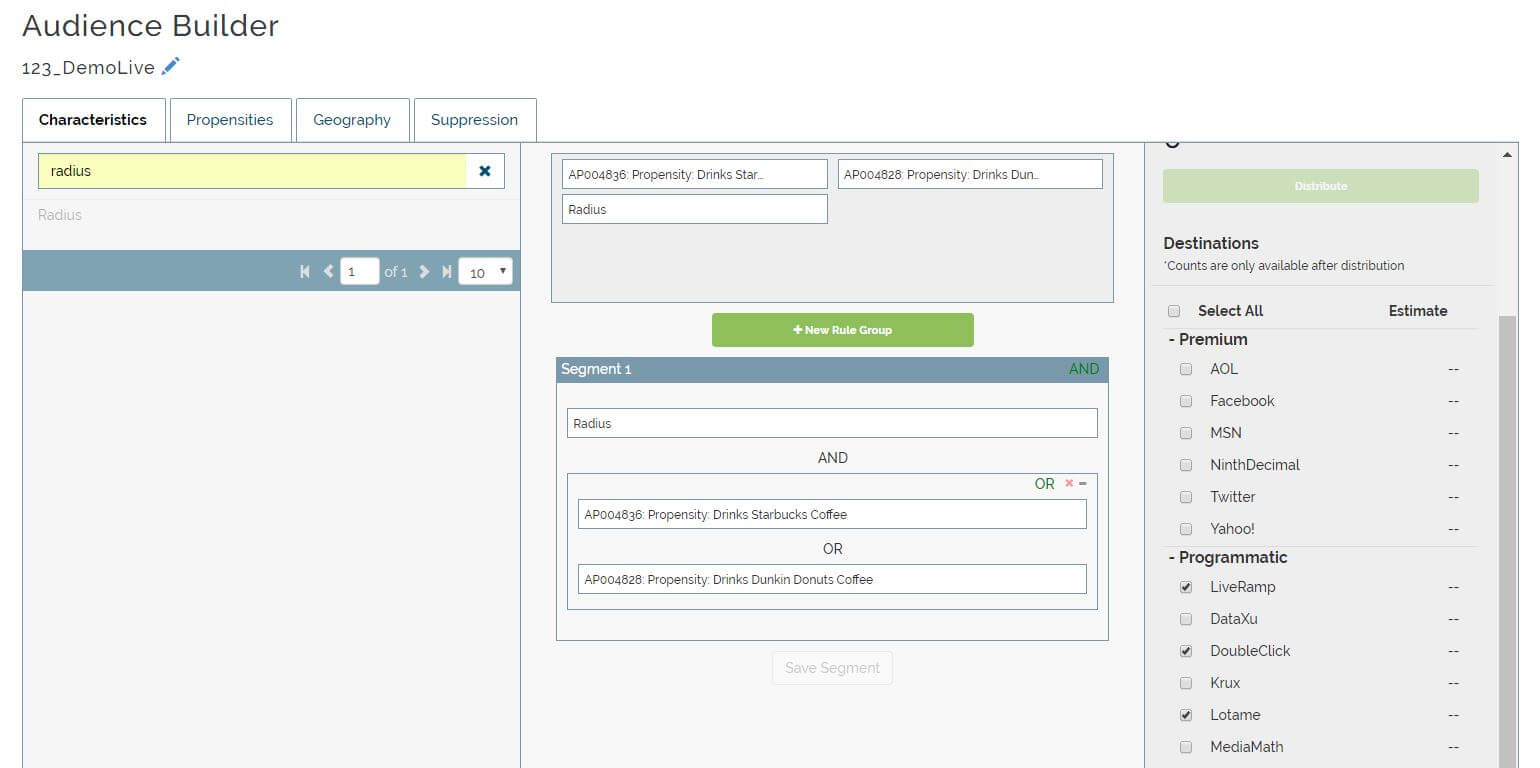Acxiom launches Audience Cloud for unified generation of audience segments and targeting
The marketing data provider says this self-service tool is the first to provide people-based targeting for all selected publishers at once.
Acxiom has announced a new self-service tool called Audience Cloud that allows marketers to generate audience segments using people-based identities, and then, in one step, target all relevant publishers.
Andy Johnson, VP of Data and Product Management at Acxiom’s Audience Solutions, told me this unified process is the first of its kind.
“People-based identities” refers to the fact that Acxiom focuses on actual identities of individuals across devices, which it anonymizes before targeting. So, for instance, it targets an actual sports fan by cookies, mobile device IDs, email address and another means across a smartphone, tablet and laptop, but it describes this identified consumer as something like Customer 123.
Johnson said that, in a typical use case, a marketer uses Audience Cloud to generate in real time the audience segment they want to target, such as 18-to-35-year-olds on the West Coast of the US who like to travel, for a new online ad promoting half-price airfare to Hawaii. Again, all the users are actual identities, not just unknown web visitors who have ever visited a website about Hawaii.
Once selected, the marketer then chooses all the publishers where the ad should run, when those identified users show up. It can include Time, Inc.’s site, Facebook and BuzzFeed all in one step. Other audience targeting tools, Johnson noted, require you to generate the audience segment separately for different types of destinations. Here’s a screen from Audience Cloud:
The actual ad might then be delivered via an ad agency’s demand-side platform (DSP) and the appropriate ad exchanges, using Audience Cloud for the targeting.
The main difference between targeting with Audience Cloud and a data management platform (DMP), he said, is that DMPs typically target unknown users by their attributes, while Audience Cloud is based on actual identities, does not actually host data and doesn’t run media, so it offers a service to DMPs.
Johnson noted that Audience Cloud’s capabilities existed previously at Acxiom, but they were “fragmented” in that they required separate steps for different groups of publishers, plus the capabilities were provided only as a professional service instead of being self-service. Acxiom will continue to provide this as a professional service, he added.
In May, Acxiom made publicly available its self-service Marketing Analytics Environment (MAE), which allows brands and others to collect, combine and analyze big data from a variety of sources, both online and offline. That offering was the first full integration of the company’s 2014 acquisition of onboarding platform LiveRamp.
While Audience Cloud is used for audience segmentation and targeting, MAE can be used to compare and analyze various data sets, such as customer records, offline purchases and web browsing. This comparison/analysis might be used, for instance, to measure the impact from the ad campaign you targeted with Audience Cloud.
Marketing Land – Internet Marketing News, Strategies & Tips
(54)





